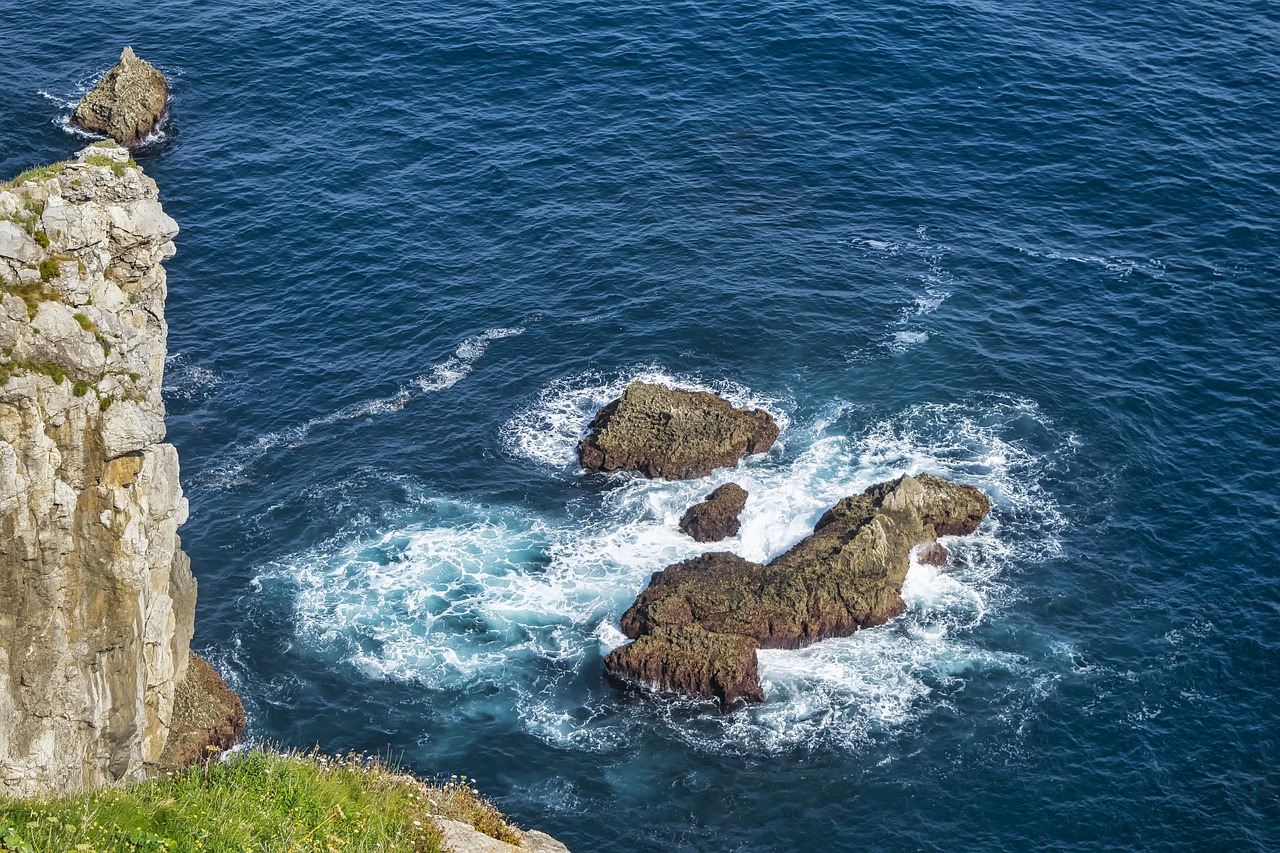The Fascinating World of Underwater Caves: Exploring Subterranean Wonders
The formation of underwater caves is a captivating process that occurs over vast periods of time. These hidden wonders are typically carved out by the relentless force of water against soluble rock formations, such as limestone or marble. As water seeps through the rock, it dissolves the minerals, creating hollow spaces that eventually develop into intricate cave systems beneath the surface of the water.
The gradual erosion caused by waves, currents, and chemical weathering plays a pivotal role in the creation of underwater caves. Over time, these forces sculpt the rock, forming intricate passageways, chambers, and tunnels that make up the unique underwater cave systems found around the world. Each underwater cave tells a story of geological transformation and the enduring power of nature to shape the world around us.
Types of Underwater Caves
Those exploring underwater caves often come across distinct types of formations that add to the allure of these submerged wonders. One common type is the sea cave, which is formed through the relentless pounding of waves against coastal rock formations. Sea caves offer a glimpse into the intricate relationship between land and sea, providing a habitat for various marine species seeking refuge within their rugged walls.
Another type of underwater cave is the solution cave, created through the dissolution of soluble rocks such as limestone. Over time, the chemical erosion caused by water dissolves the rock, carving out intricate passageways and chambers beneath the earth’s surface. Solution caves can range in size from small crevices to vast networks of tunnels, captivating divers with their mysterious beauty and hidden treasures.
How are underwater caves formed?
Underwater caves are typically formed through a combination of erosion, dissolution, and other geological processes. For example, limestone caves are often formed by the gradual dissolution of limestone rock by acidic groundwater.
What are the different types of underwater caves?
There are several types of underwater caves, including limestone caves, lava tubes, sea caves, and sinkholes. Each type of cave has its own unique characteristics and formation processes.
Are underwater caves dangerous to explore?
Exploring underwater caves can be extremely dangerous due to factors such as limited visibility, strong currents, and the risk of becoming trapped. It is important for divers to have proper training and equipment before attempting to explore underwater caves.





